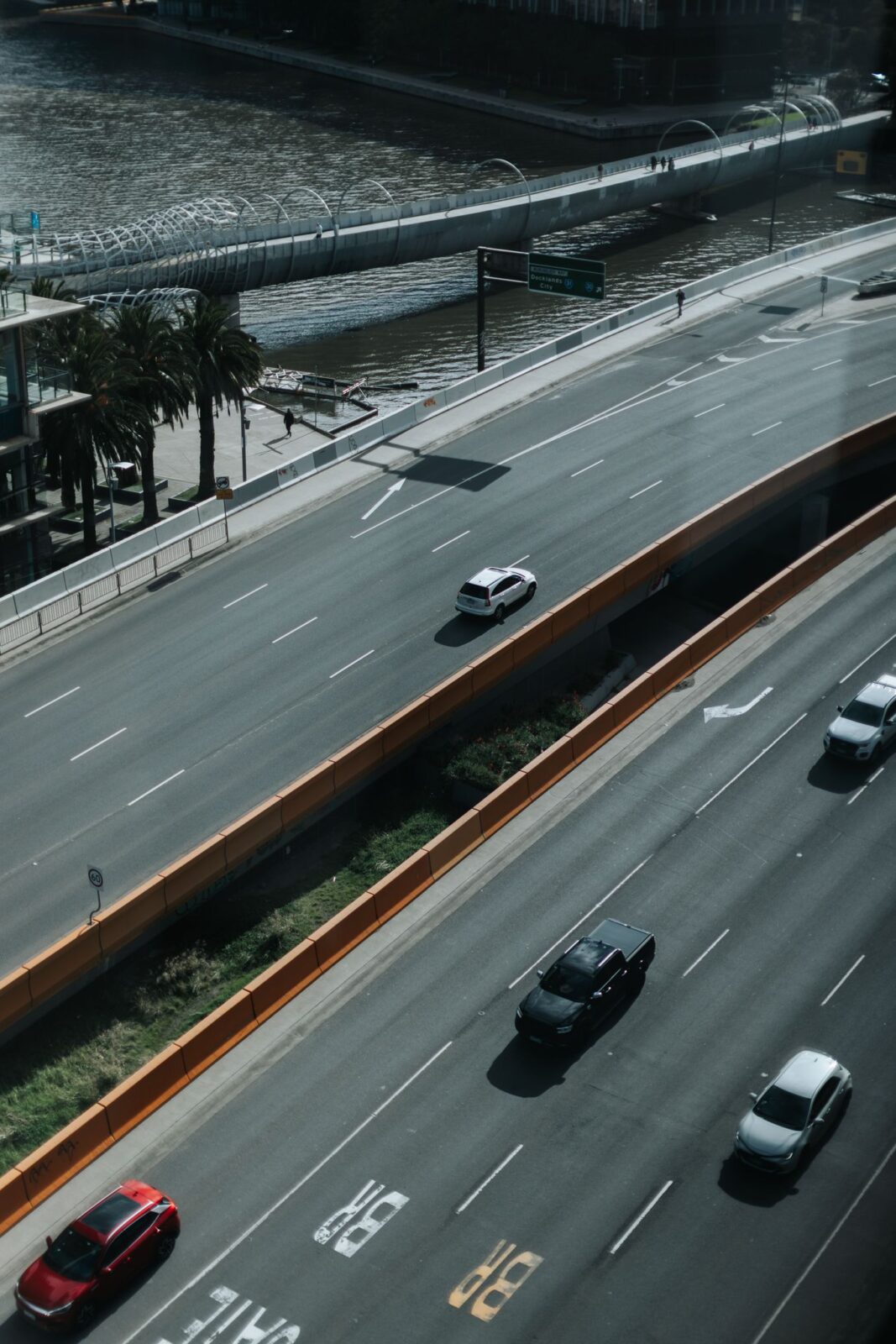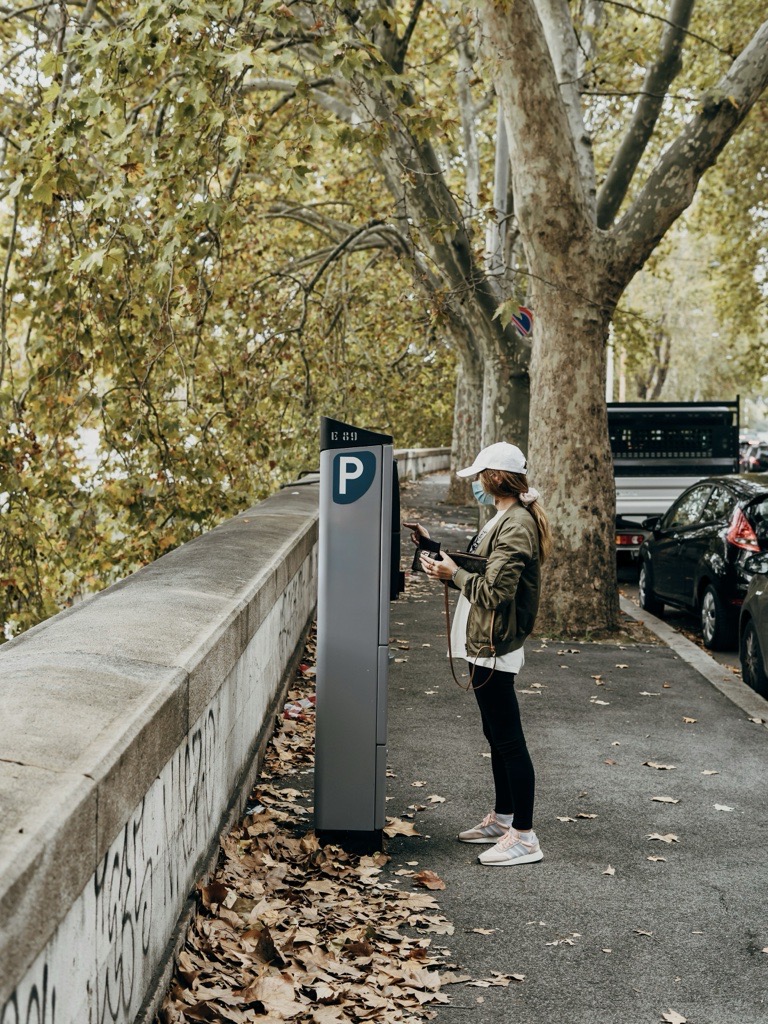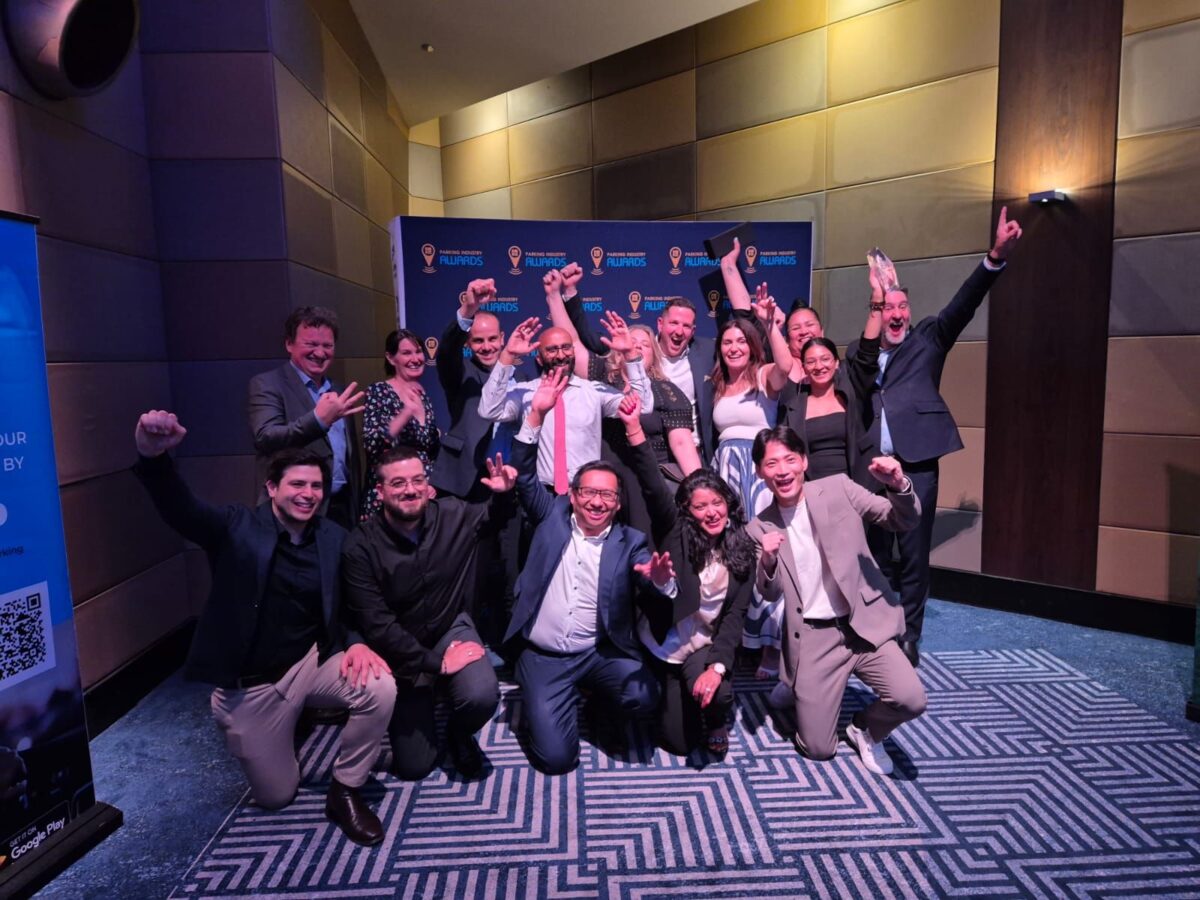
Top 5 Reasons to use LPR
Licence Plate Recognition (LPR) is also known as automatic number plate recognition (ANPR). These systems combine two types of technology: high speed digital cameras and sophisticated optical recognition software. It works like this: a camera captures an image, which is processed into high-contrast chunks that can be ‘read’ by optical recognition software. Then, optical recognition software translates the image into text—in this case, the text of a licence plate. That text can then automatically be matched back to any of various datasets that might be relevant.
Fixed and mobile LPR systems are used in many government applications across Australia—for example, NSW Police used LPR technology to enforce social distancing during the peak of the coronavirus lockdowns in 2020, and the Victorian Department of Justice uses an LPR system to find vehicles associated with outstanding warrants.
The technology is commonly used in parking enforcement, where it is deployed to help officers maintain standards of community safety and equitable access to services and facilities.
5. There’s less administrative load
Reading a licence plate and then cross-referencing it with several disparate databases requires humans to have knowledge of how to find and search the appropriate data resources.
This includes regular day-to-day things, like looking up which registrations are associated with a specific displayed permit, or how long a vehicle has been parked in one spot, but it also includes other processes, like looking up number plates to discover which vehicles might be subject to reports of theft or outstanding warrants.
These administrative processes take training and, importantly, a lot of time and effort for human actors. But with an LPR system, they can be done instantly and without human intervention
—officers can simply receive appropriate alerts when an overstay or vehicle of interest is captured. That’s a huge load off!
4. Humans make mistakes, but machines follow processes
Humans are prone to human errors. We’re great at problem solving, empathising, and communicating—but when it comes to fast-paced, repetitive tasks, even the most accurate human makes mistakes sometimes.
Imagine a human being working on a rainy evening after a whole day’s work. It’s not unreasonable that she or he might be caught out by the difference between a numeral 0 and an alphabetical O in a licence plate.
Not Subject to vagaries
But LPR systems aren’t subject to the vagaries of weariness or inclement weather. Instead, they follow identical parameters for each “reading” and will make the same, accurate determination each time.
3. LPR can help you manage traffic
LPR can help with traffic management in a couple of different applications. One way is that, by collecting a lot of data, parking operators have more information about traffic flow that tells them how to change rules and tariffs or where to deploy officers.
The other way is in off-street parking. Often, parking garages suffer from peak hour congestion. We’ve all been part of that long, winding line of cars waiting before a boom gate while one person fumbles with their ticket at the window. The arm rises. The line moves by one space. The arm lowers. On it goes.
In places where remote enforcement is permitted, you can use LPR instead to keep track of the vehicles entering and leaving a parking garage. That means motorists’ arrivals and departures are tracked and tied back to their vehicle’s registration.
Those records are cross referenced with permits or other entitlements, and then those motorists can be billed accurately for their stay. Because it’s automated, there’s no barrier, no queue, and everyone gets to go home on time.
2. Parking equity requires consistency
Parking rules are intended to make sure everyone gets a fair chance to use our shared resources. Our urban centres are only becoming denser. The UN has said that by 2050, 2 in every 3 people will live in cities. That puts a huge pressure on land use, and significant pressure on us to get parking rules and enforcement right.
The regrettable truth is that, in traditional enforcement situations, parking officers can’t be everywhere all at once. Not every infringement is noticed. That might feel like a victory when you get away with a sneaky fifteen-minute coffee stop, but probably feels a lot worse when you need to use a disabled parking bay and it’s occupied by someone without a permit.
In order for parking equity to be achieved, enforcement needs to be consistently applied.
That’s a lot more achievable when big parts of the process can be automated: administration is more efficient, and more infringements are captured, more notices are issued, and parking equity is improved for the whole community.
And the number one reason you should be considering an LPR solution for your organisation is…
1. LPR is just faster than manual processing
LPR systems can process five thousand number plates in an hour, and they can do it in low light, in rain, and in mobile fixtures or in stationary ones.
LPR technology can capture the image of a vehicle and then run its licence number against residential permits, warnings, vehicles of interest and stolen vehicle in an instant. The real-time flow of data means that tasks that would take human beings minutes happen instead in seconds.
That’s the kind of efficiency gain that really adds up over time.

